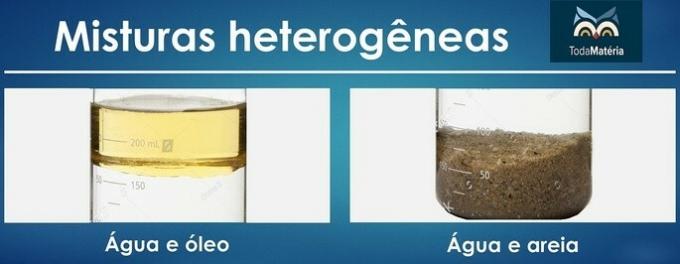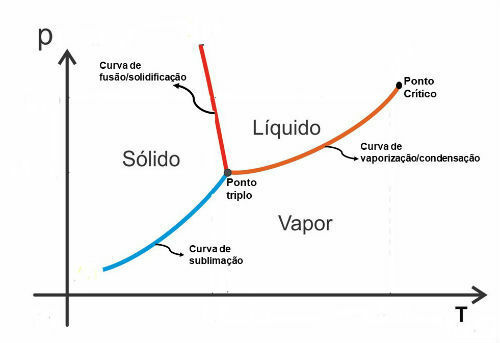You carbon nanotubes, NTC (CNT, from English carbon nanotube), are hollow cylinders or tubes formed by allotropes of carbon with nanometric proportions (1 nanometer is equal to a billionth part of a meter (10-9 m)). To give you an idea, it's like a rolled-up sheet of paper, but it's made up of carbon atoms and is only one atom thick. They are 100,000 times thinner than a strand of hair and invisible even to light microscopes.
That new class of materials was discovered in 1991 by Sumio Iijima. Since then, it has been the subject of studies by scientists, as it represented a great revolution thanks to the its properties (which will be mentioned later) that surpass those of any material hitherto known.
Carbon nanotubes can be made by just one of these cylinders, being classified as single wall nanotubes. But there are also the multiwalled nanotubes, which are formed by several cylinders that are concentrically wound, that is, with a common center, as the following representation:

Multi-wall nanotube representation
The fact of being single-walled or multi-walled is one of the factors that determine the properties of carbon nanotubes. In the case of individual nanotubes, one factor that determines whether it will be a conductor or a semiconductor is the angle of the winding and the radius of the nanotube. Other properties also depend on the diameter and number of concentric layers. But all nanotubes are hard and resistant.
These ranges of properties are important because they make nanotubes usable in a very wide range of applications. For example, if the carbon nanotube is conductive, it can transmit electricity up to 1000 times more efficiently than copper wire. Semiconductors, on the other hand, can be used in refined electronic circuits thanks to their dimensions, which are very small, and can be used in nanoprocessors to replace chips of current silicon.
Do not stop now... There's more after the advertising ;)
If they can be added to synthetic polymers (plastics), forming structures called nanocomposites, nanotubes can harden them or make them conductive of electricity.
The nanotubes too have extraordinary mechanical properties, as they are quite resistant to rupture under tension, being 100 times stronger than steel and having only 1/6 of its density. Therefore, they can also be used in civil construction and even in the construction of the fuselage of planes, cars, rockets and space shuttles for NASA. If added to fabrics, nanotubes could make them indestructible, being more efficient than the Kevlar polymer used in bulletproof vests.
Another important property of carbon nanotubes is the extraordinary thermal conduction, they can be used in energy conservation and transmission processes, such as solar energy, being much more efficient than the photovotaic cells that are used today.
Nanotubes also have enormous potential for use in medicine. Because they are extremely small and light, they can reach the interior of a cell to be used as sensors for medical diagnoses and treatments. However, a factor that hinders this application of nanotubes is that they kill the cells with which they come into contact. To prevent this, some scientists are proposing that the nanotubes be coated with a synthetic polymer capable of mimicking a cell-surface substance, mucin.
These are just some of the endless applications that carbon nanotubes can have, but it remains to be seen what research in this area of nanotechnology will say.
By Jennifer Fogaça
Graduated in Chemistry
Would you like to reference this text in a school or academic work? Look:
FOGAÇA, Jennifer Rocha Vargas. "Carbon nanotubes"; Brazil School. Available in: https://brasilescola.uol.com.br/quimica/nanotubos-carbono.htm. Accessed on July 27, 2021.
Chemistry

Composites, composite, Assyrians, Babylonians, clay bricks with straw inside, carbon fiber and resin, aircraft fuselage, natural composite, bones, elastic collagen fibers coated with a solid phosphate backbone structure. calcium.



